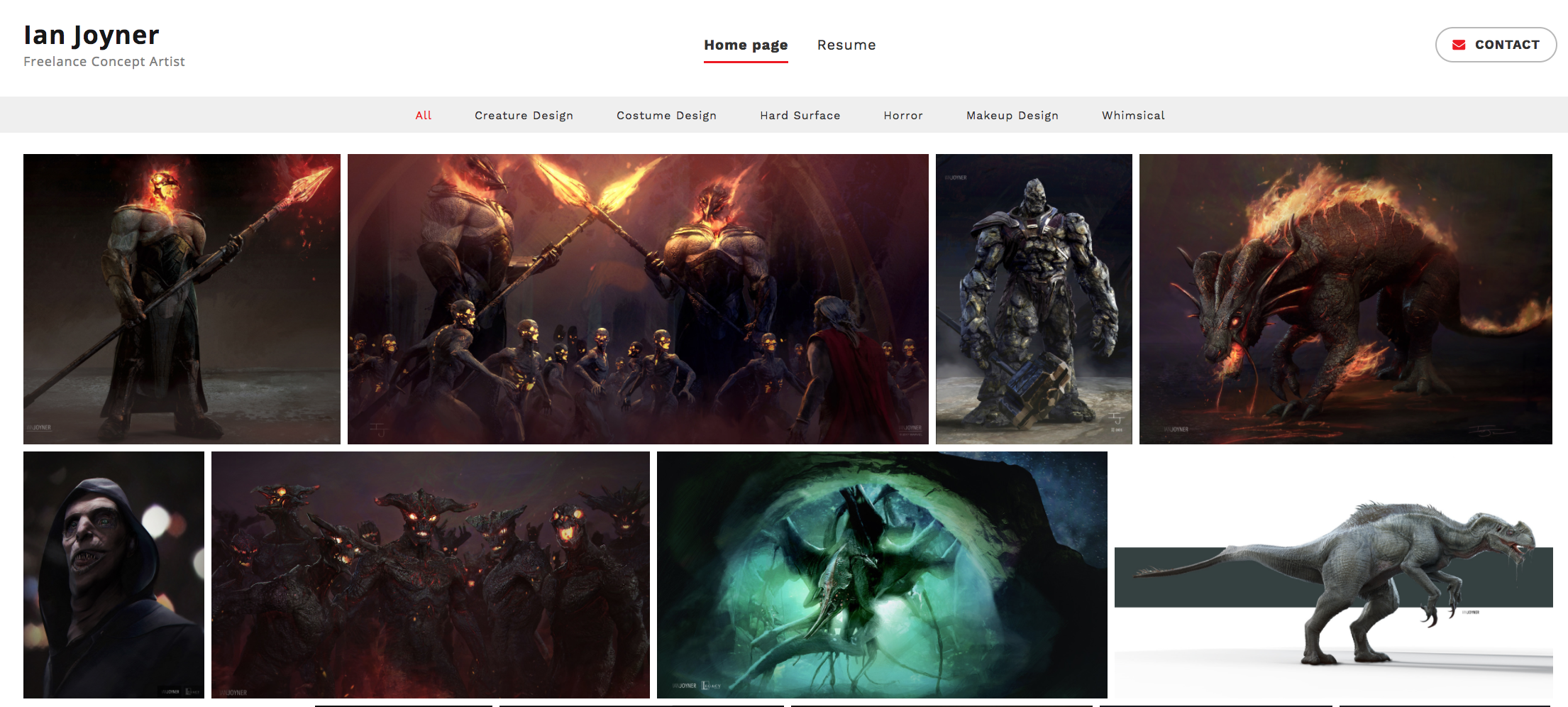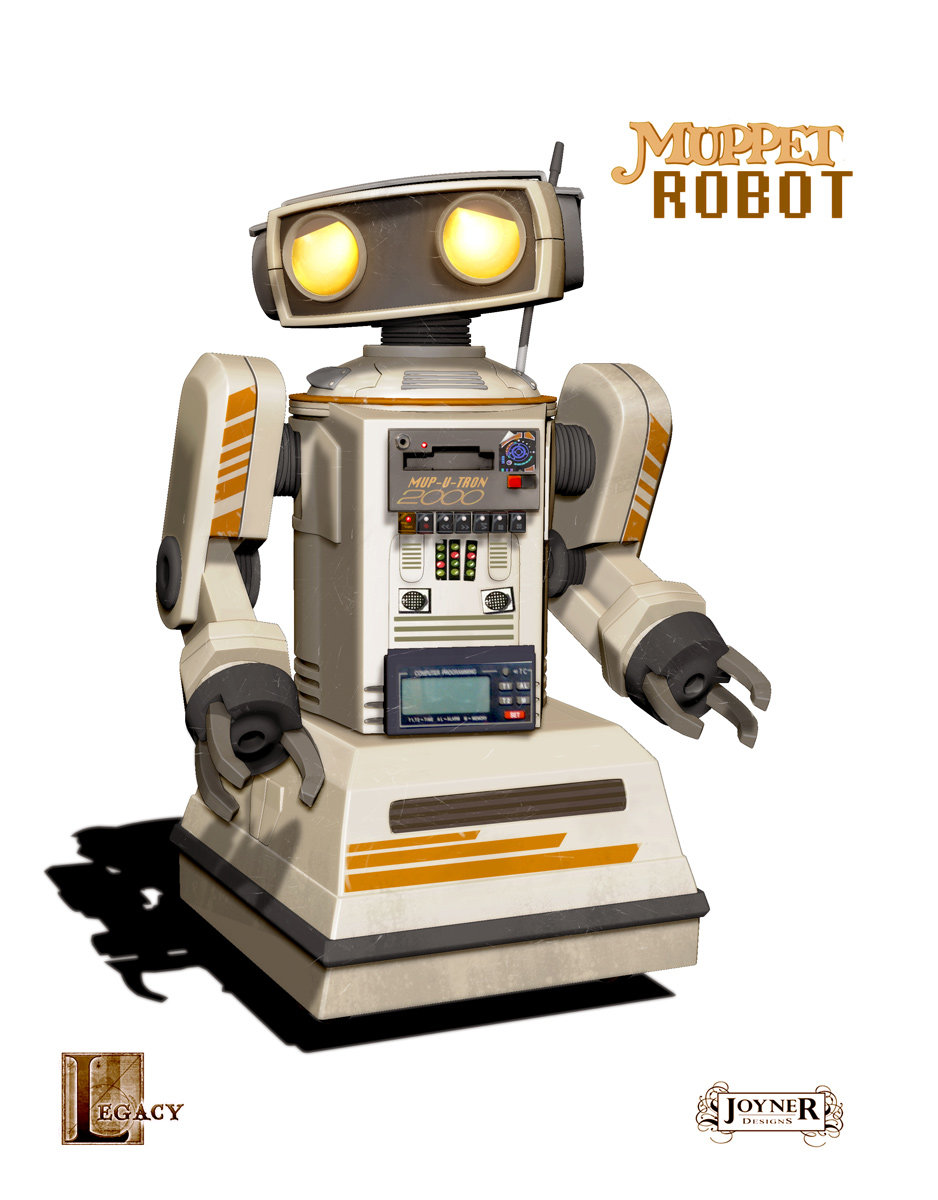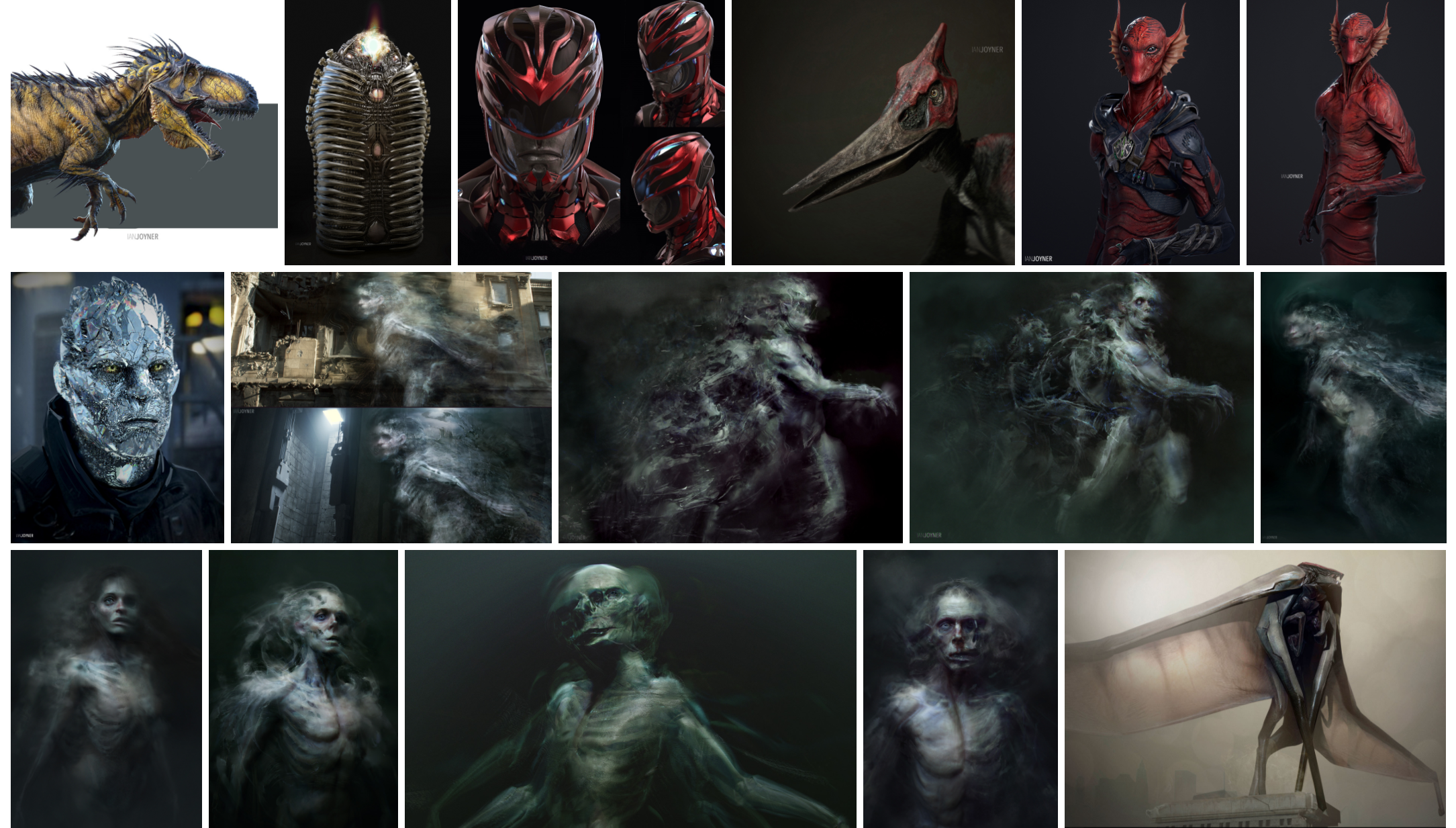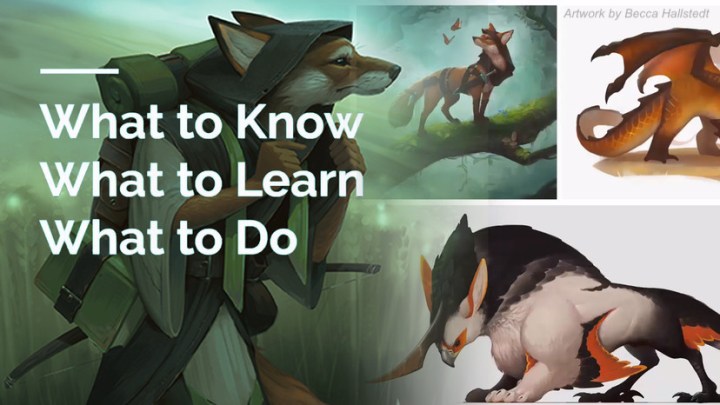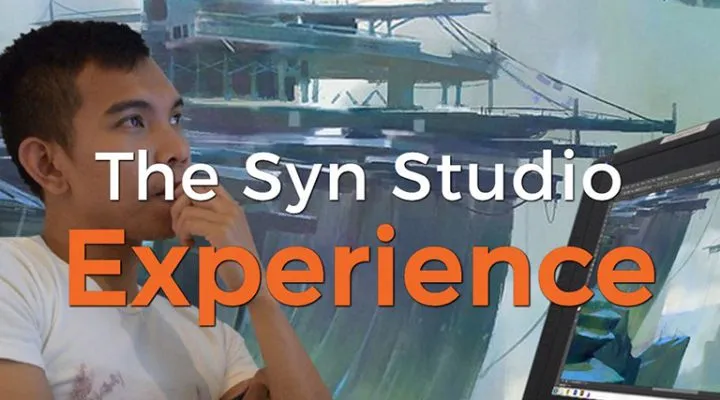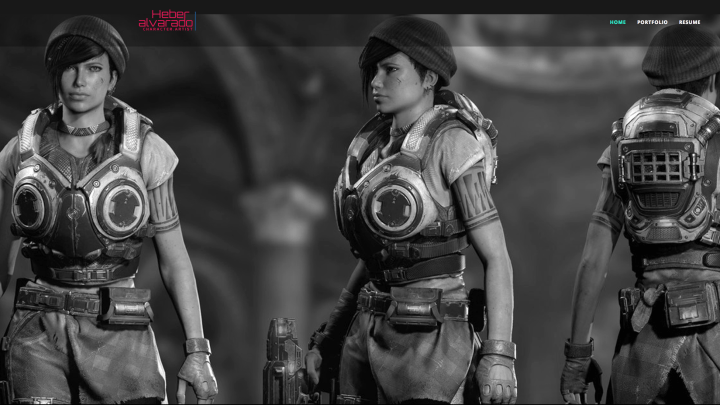Featured Pro Portfolio: Ian Joyner
Ian Joyner is a concept designer, illustrator and art director working in the film & television industry for over 10 years. He’s worked on a diverse number of projects from the Muppets Movie to Thor Ragnarok.
Check out Ian’s ArtStation-powered portfolio website.
As a new addition to ArtStation Pro portfolio websites, you can now include a blog to your page and even import your existing blog instead of starting from scratch!
In this interview, Ian shares what he discovered is the most important tool to get other jobs as well as his favorite projects, most helpful learning practice and more.
Tell us about one of your most exciting projects.
I have been really fortunate to work on some amazing films and at some amazing places, honestly many of the projects I have worked on over the past 2 years at Marvel would be high on the list, but the Muppets Movie was my favorite experience. I have been a die hard Muppet fan since the time I was in the short pants, so doing anything related to Kermit, Piggy and Gonzo was pretty exciting.
We were tasked with designing the 80’ style robot, cute but iconic, heavily influenced by the toys/tech of the era. Designing on him was a real treat, but the biggest highlight (and why I chose this project) was I had the opportunity to also go on set a few days and do some puppeteering. The stage was amazing (a recreation of Muppet theatre) even down to a seating area where Statler and Waldorf sat in the balcony. An absolute childhood dream come true.
What is the most challenging thing about working in the industry?
Every project has their challenges, but I think something most would not expect is that if you chose to do film concepts, you most likely will not work at one place for very long. You must be comfortable going from job to job, sometimes for a few days, sometimes for a few years. To be comfortable and confident enough to know that in slow times you still must be learning/growing your skills and to be prepared, sometimes at the drop of a hat, to jump onto a new show.
It really becomes quickly apparent that it is not only your skillset, but how well you play with others that will determine your next jobs. Most every job I have had came from someone I worked with in the past. The industry is very small and word will travel fast if you are hard to work with.
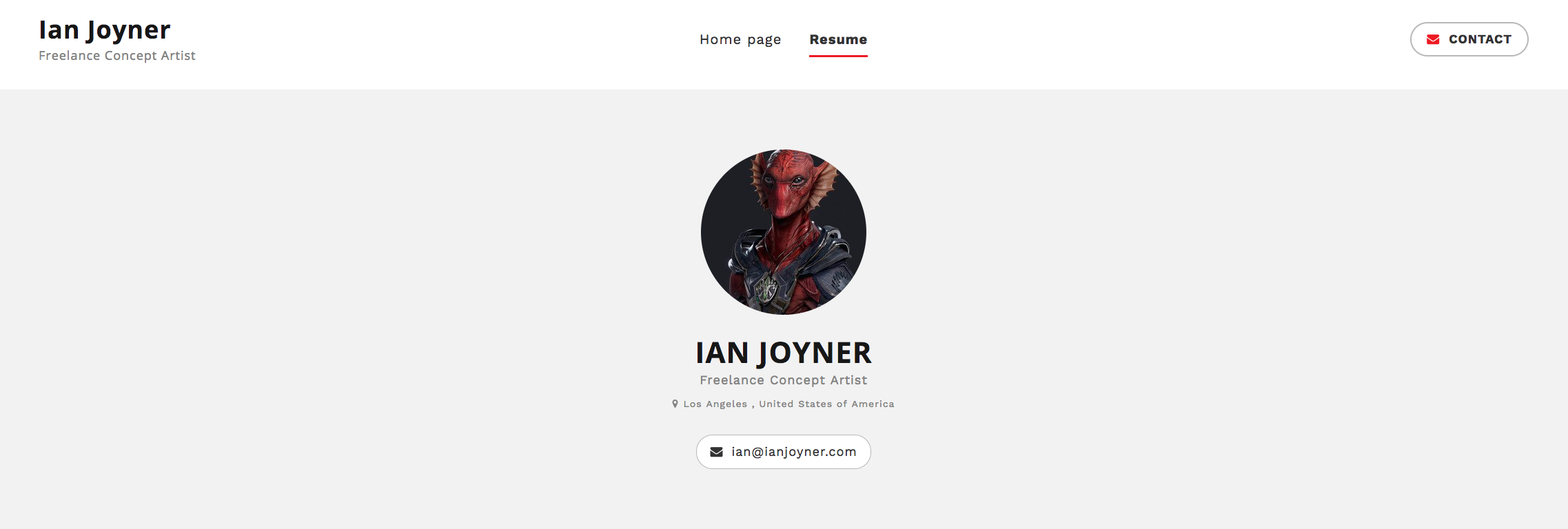
How would you describe what you need in a strong portfolio?
Being well rounded, but still focusing on something. If you are overly generic your work will be passed by for someone who can do something incredibly well. At the same time if you are overly specialized (for instance having a portfolio of 90% creatures/monsters) you will never be picked to do anything else, which can limit the amount of work you are able to do. Show that you can do a bit of everything but lean heavily into your favorite aspect.
One thing that many might not expect is that your “favorite thing” might change from project to project. I consider myself a “creature” guy, but am having a blast doing keyframes, costumes, props and everything else.
What kind of practice or learning do you think is most helpful for artists to improve?
A hard question, I think the only answer I can give is to never STOP practicing and learning. It is easy to hit your stride after a few years and just coast on what you know, but there are younger/hungrier and frankly, better people coming up just behind you. It is a business of passion for sure.
I also try and “learn on the job”. By that I mean I like to pick areas I might feel weak/safe and try and focus a little extra on that for the next project if time allows.
It is also important to go outside the usual avenues of interest. If you love fantasy or horror, and only read/view things that are related to that, you miss out on so much that could inform future choices you might make. Reading about history or current events, being aware of scientific breakthroughs and artistic movements can really come in handy when you are trying to pitch an idea and have a wealth of knowledge to fall back on.
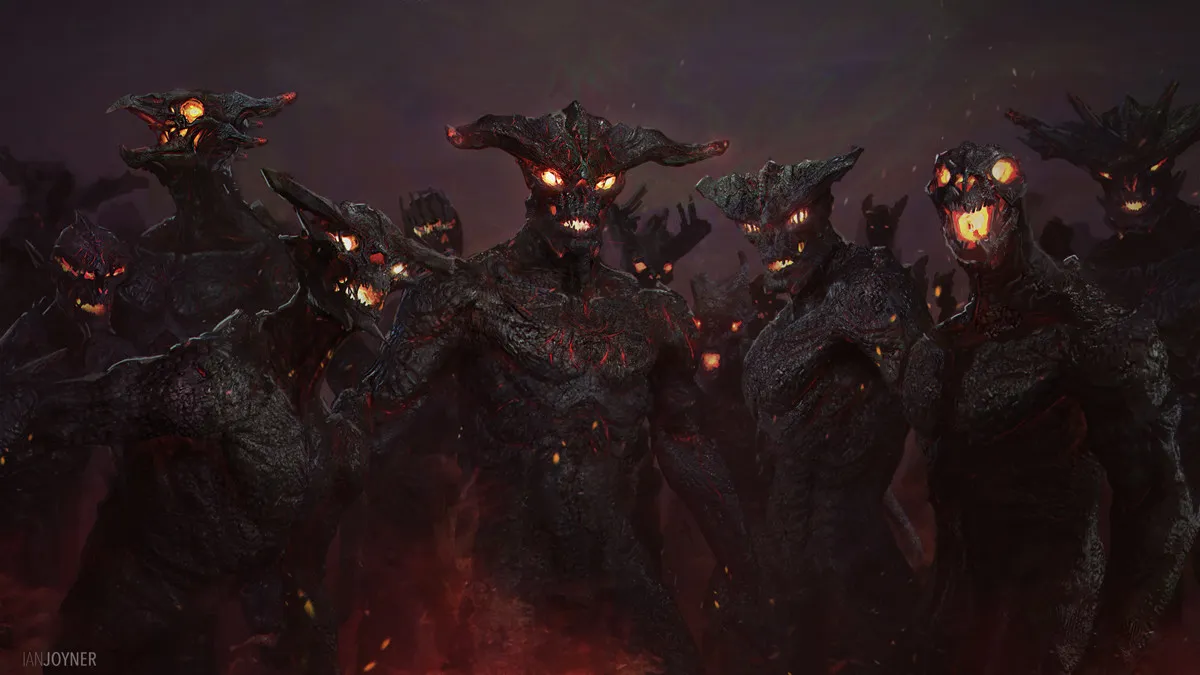 See more of Ian’s work on his portfolio website. To learn more about ArtStation Pro websites, click here.
See more of Ian’s work on his portfolio website. To learn more about ArtStation Pro websites, click here.
